Month: April 2023

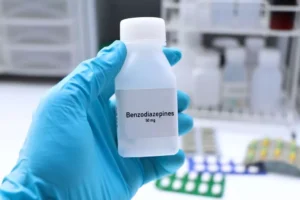
A possible mechanism was that Salvia miltiorrhiza curbed alcohol absorption from the gastrointestinal tract 110. The alcohol levels in blood were markedly reduced while the severity of alcohol withdrawal syndrome in alcohol-dependent rats was not attenuated with the intervention of Salvia miltiorrhiza extracts 111. IDN 5082, a standardized extract of Salvia miltiorrhiza, could delay the acquisition of alcohol drinking behavior in rats.
- The large number of GABAAR subunits generates the potential for various subunit compositions that may account for variable sensitivity to modulatory drugs such as EtOH, benzodiazepines (BZs), barbiturates, neurosteroids, and general anesthetics31,32,50,56,57.
- This double-blind, placebo-controlled crossover trial tested the effects of kudzu root extract on the sleep/wake cycles of a population who continued to drink in their normal pattern, and thus were not experiencing withdrawal-related sleep disturbances.
- AlcoholAwareness.org provides a platform where you can access various free resources, including articles, self-assessment tools, and information about local support groups and treatment centers.
Impact on Neurotransmitters and Brain Chemistry
- The water extract of ginger could decrease the levels of both l-γ-glutamyl transpeptidase and butyryl cholinesterase 76.
- Subjective measures of alcohol intoxication were greatest at 30 minutes and returned to or were close to predrinking levels by the end of the assessment period (3 hours).
- Although the precise chemical composition and mechanism are often unclear, many medicinal plants have been used to treat alcohol consumption and alcohol abuse for centuries, and some have shown efficacy.
- Anecdotal sources also note that kudzu root may lower blood sugar too much or slow down blood clotting.
In spite of the compelling preclinical and clinical evidence of its efficacy, the precise mechanism of action of kudzu in reducing alcohol consumption is not currently known. Prior studies of its antidipsotropic effect have focused on taste-aversion, alterations in alcohol metabolism or effects on neurotransmitters. Overstreet et al.’s (1998) study provides cursory evidence that a taste aversion mechanism is not likely.
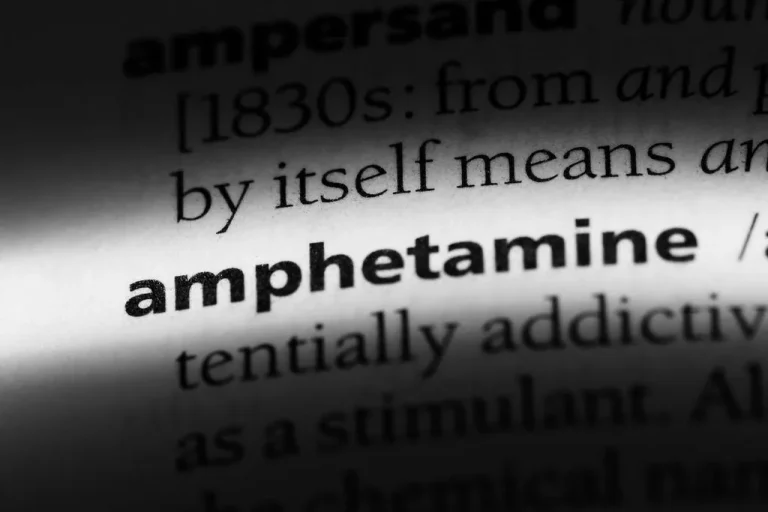
Kudzu Treatment not Effective as Remedy for Alcoholism
There have been Halfway house some scientific studies conducted, but a majority involve animal models and show modest findings that rarely translate into conclusive human trials. The primary danger of these supplements in those with alcohol dependency is not necessarily knowing the drug—drug interaction potential or side effects. The real danger may be the possible delay in seeking professional help for the dependence. If asked about herbal treatments for a drinking problem, it is advisable to recommend speaking with a professional rather than self-treatment with over-the-counter supplements.
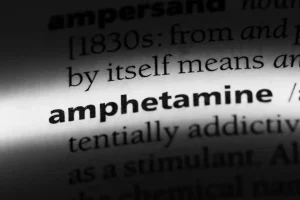
Can You Use Kudzu for Alcoholism?
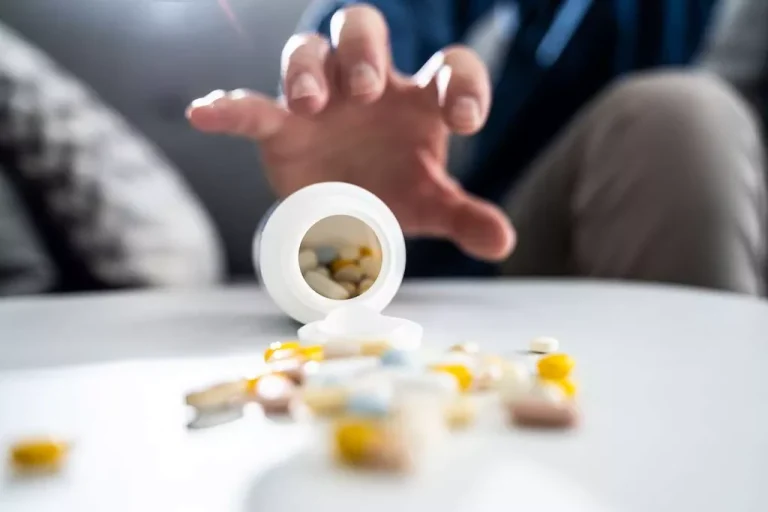
The standard dose is 50 mg daily, but a multisite study demonstrated that 100 mg daily was also effective when combined with medical management7. Naltrexone has some side effects, including the development of withdrawal symptoms, nausea, dysphoria, and fatigue128,129,130. Naltrexone also impairs thinking or reactions and induces anxiety131,132,133. Salvianolic acid B (SalB) is an important bioactive component separated from the Salvia miltiorrhiza, which could attenuate acute alcohol-induced hepatocyte apoptosis in rats through SIRT1-mediated deacetylation of p53 pathway. Pretreatment with SalB significantly reduced alcohol-induced elevation in aminotransferase activities, decreased hepatotoxic cytokine levels such as interleukin-6 (IL-6), and increased the antioxidant enzyme activity.
The KdR extract used in this study contained 150 mg/g of puerarin, 13 mg/g of daidzin, 4 mg/g of daidzein, 3 mg/g of genistin, 0.2 mg/g of genistein, and 1 mg/g of glycetin. Blood and liver samples contained mostly puerarin and a trace amount of daidzein that may have been formed by the hydrolysis of daidzin by liver enzymes. An important observation was that brain samples obtained from KdR-fed or alcohol + KdR-fed rats did not contain any of the KdR isoflavones. Thus, KdR isoflavones suppressed alcohol kudzu and alcohol drinking and withdrawal symptoms without entering the brain. The extract of Hypericum perforatum (HPE) is widely used for the treatment of affective disorders 100.
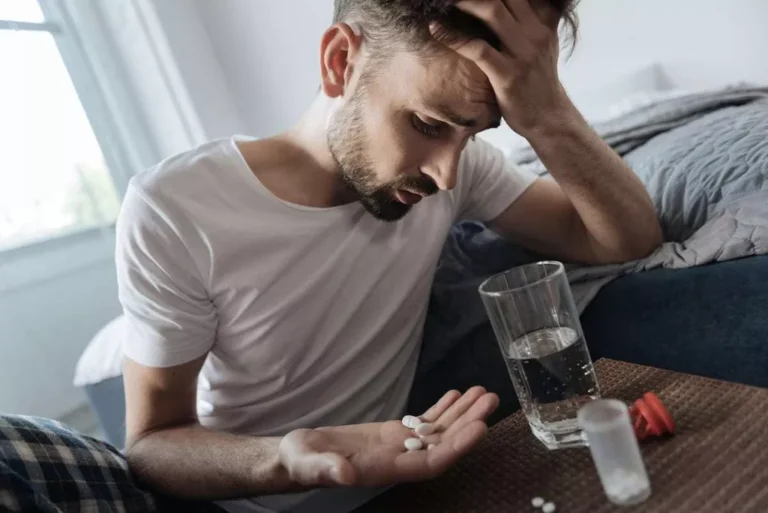
Hovenia extract enhances ALDH activity more than ADH activity161,162,163, suggesting that Hovenia may relieve alcohol intoxication effectively by decreasing acetaldehyde concentration quickly in the liver and blood164. These studies showed that Hovenia eliminated excessive free radicals induced by drinking alcohol161 and block lipoperoxidation165, alleviating alcoholic liver injury and consequently avoiding alcohol-induced dysfunction. Hovenia also showed neuroprotective activity against glutamate-induced neurotoxicity in the mouse hippocampus166. Naltrexone is an opiate antagonist used primarily in the management of alcohol dependence and opioid dependence. In laboratory studies, naltrexone has been shown to reduce the number of drinks consumed120,121. In clinical trials, naltrexone reduced the percentage of heavy drinking days122.
- Placebo drinks consisted of 400 ml of orange juice only, divided into 3 cups.
- However, kudzu extract significantly reduced the number of drinks consumed each week by 34-57%.
- In fact, even a single dose of kudzu extract may be helpful if you’re looking to reduce your drinking.
- Lab studies suggest that kudzu has anti-inflammatory and neuroprotective properties.
- The ability of puerarin and related isoflavones to facilitate alcohol’s entry into the brain has not been systematically studied.

